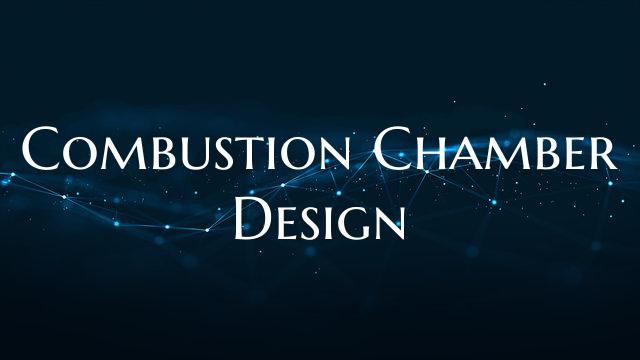Combustion Chamber Design
Combustion Chamber Design: Optimizing Performance and Efficiency
The combustion chamber is a crucial component of any combustion engine, whether it's in a car, aircraft, or industrial machinery. It plays a significant role in determining the performance, efficiency, and emissions of the engine. The design of the combustion chamber is a complex task that involves careful consideration of various factors to achieve the desired balance between power output, fuel efficiency, and environmental impact.
One of the key considerations in combustion chamber design is the shape and volume of the chamber. The shape of the combustion chamber can have a significant impact on the way fuel and air mix, ignite, and burn. A well-designed combustion chamber should promote efficient mixing of fuel and air to ensure complete combustion and maximum power output. The volume of the combustion chamber also plays a crucial role in determining the compression ratio of the engine, which in turn affects its efficiency and performance.
Another important aspect of combustion chamber design is the placement and design of the fuel injectors and spark plugs. Proper placement of these components ensures that fuel is atomized and distributed evenly throughout the chamber, while spark plugs ignite the fuel-air mixture at the right time for optimal combustion. This not only maximizes power output but also helps reduce emissions by minimizing unburned fuel.
Furthermore, considerations such as the material of the combustion chamber, cooling mechanisms, and overall engine architecture also influence the design process. For instance, using materials that can withstand high temperatures and pressures is essential to ensure the longevity and reliability of the combustion chamber. Additionally, implementing effective cooling systems, such as water jackets or oil cooling, can help manage heat and prevent engine overheating.
In conclusion, combustion chamber design is a critical factor in determining the performance, efficiency, and emissions of combustion engines. By carefully considering factors such as chamber shape, volume, component placement, and material selection, engineers can optimize the design for maximum power output, fuel efficiency, and environmental sustainability. It is through continuous research and advancements in combustion chamber design that engines can become more powerful, efficient, and environmentally friendly.

